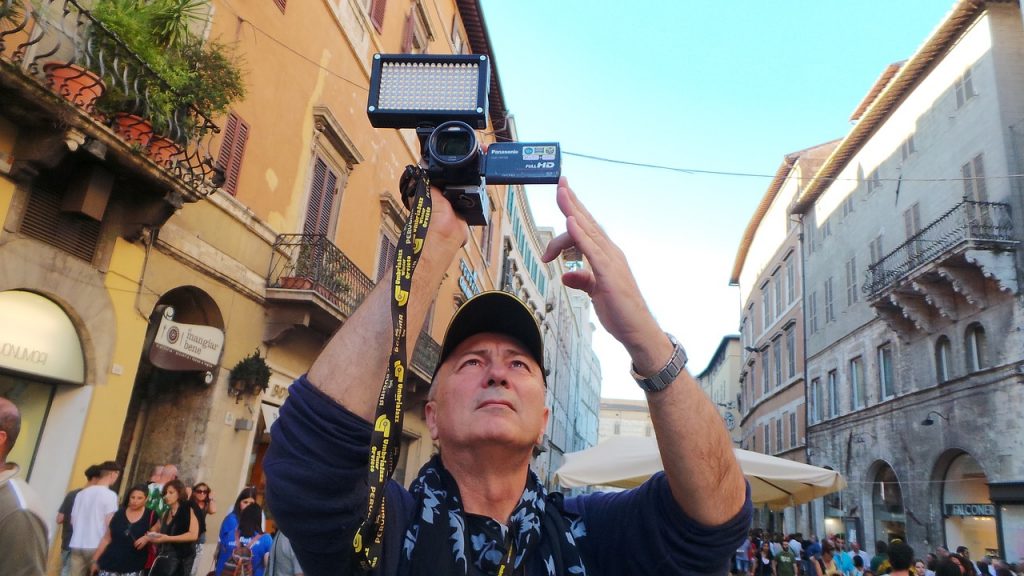What Will A New Age Journalist Do?
By EMILY KURTZ
As a young consumer of news, it is obvious to me that in today’s world, the exposure and spread of information is at an all time high. Social media and rapid technological development have provided mediums for information to travel faster than ever. The standards of what constitutes journalism and news are now being challenged.
What I liked most about reading “The Future of Journalism” is the optimistic stance Haak et al. takes regarding the opportunities and dynamic landscape for journalism that the digital age provides. I think it is extremely easy to get caught up in the negative consequences of the changing journalistic environment, such as the spread of “fake news”. However, this new era of quick connections and independent journalism can be beneficial, especially in communication about environmental issues.
In both Wyss (193) and Haak et al.’s writing, it understood that there is a radical transformation underway for journalists. I found it quite refreshing to see that leaders in journalism have acknowledged the mistakes that can be made in the changing age but have redefined what it means to provide accurate and balanced information to the public. Wyss (169, 202) and Haak et al. agree that the internet and technology aid in a more sophisticated communication method in journalism and that a successful journalistic piece now needs a strong narrative and voice to establish authority and trust with readers. It is agreed that journalists must now grow into multimedia reporters and operators of technology.

Yet, Haak et al. describes that many journalists will not be able to reach this level of sophistication that the new era demands, and they will be out-competed by data gathering robots and citizen journalists. Haak et al. suggests that many journalists will now need to specialize in a particular subject matter in a way that they haven’t before. However, I don’t see this as an issue, especially for science journalism. The more that an individual journalist understands about a topic, the better they can communicate it to the public. Specializing interests and utilizing technology available today to journalist’s will assist in better connecting and engaging people with environmental issues.
The brilliance of a new age of journalism can be seen in the New York Times piece “Alaska’s Permafrost is Thawing” by Henry Fountain.

This piece is an example of journalism that takes complex science and communicates it effectively to make it accessible for the reader. The piece includes an interactive map that creates a visual loss of permafrost, photographs of scientists and the scientific method in action, and a 360 degree video flyover of the Alaskan tundra. This is an example of a new age journalist who specializes in climate change, communicating with clarity about a topic that is too often misunderstood. New age journalists like Henry Fountain will connect and engage with the public sphere to raise awareness and action for complex environmental issues.
Sources:
Fountain, H. 2017. Alaska’s Permafrost Is Thawing. The New York Times. Accessed October 27, 2019.
Haak, B., M. Castells, and M. Parks. 2012. The Future of Journalism. Multiple Journalism. Accessed October 27, 2019.
Wyss, B. 2019. Covering the environment: How journalists work the green beat. New York: Routledge. Print.
Add a Comment
You must be logged in to post a comment.

